1,545 people reached on Lassi with Lavina
327 views on LinkedIn
Meera Pamani, Jessy S. Moya, Nita Anand, Pranay Gupte and Angela Anand like it on FB Lassi with Lavina page
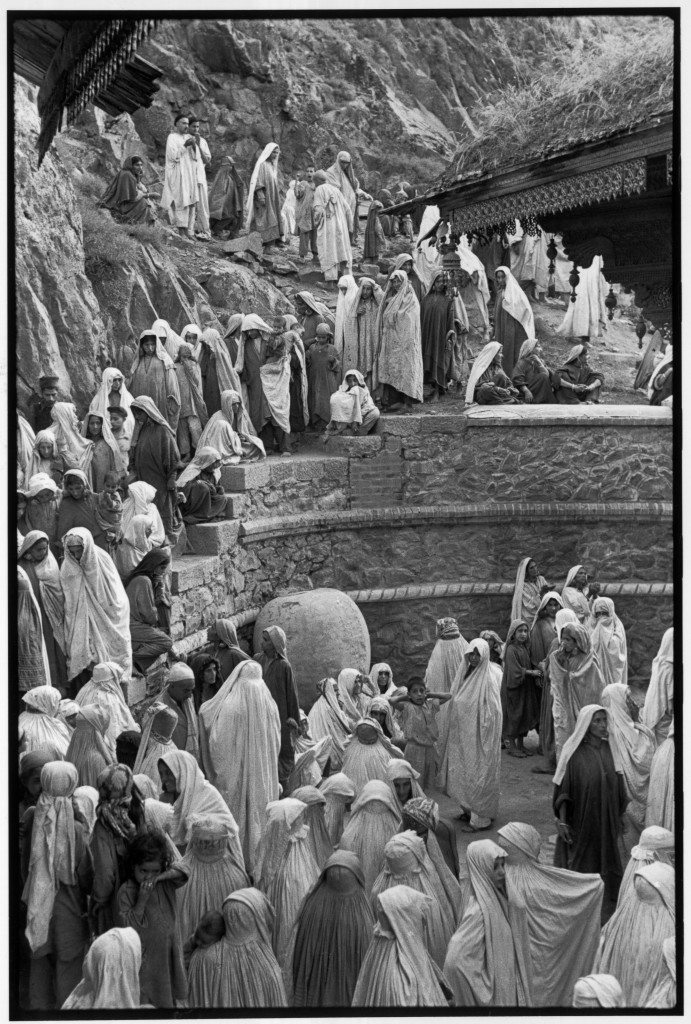
Mahdum Shah Ziarat mosque. Friday prayer.©Henri Cartier-Bresson/Magnum Photos
Camera Sutra:
India through the Lens of Henri Cartier-Bresson
[dropcap]T[/dropcap]he gallery at the Rubin Museum in Manhattan is hushed with silent screams, copious tears, with catastrophic events as they happened, with real life receding into the realm of the past. Witnesses from the present watch as Mahatma Gandhi lies fasting, shrinking into himself with concerned followers all around him; they watch hundreds huddled on the refugee trains from Pakistan to India; they are at Gandhi’s funeral with inconsolable masses flooding the landscape.
Henri Cartier-Bresson’s camera caught history as it happened and today we are privileged to view these images up close, and discuss with curators the impact of these images. Our children too can see the poignant drama of those moments which occurred decades before they were born – thanks to the camera of pioneering photojournalist Henri Cartier-Bresson.
“Henri Cartier-Bresson: India in Full-Frame” is organized by the Rubin Museum of Art in collaboration with Magnum Photos and the Henri Cartier-Bresson Foundation, and what a powerful show it is! The entire Fifth floor of the Rubin Museum is taken over by these images and the feeling of awe was pervasive as on opening night hundreds viewed these images up-close.
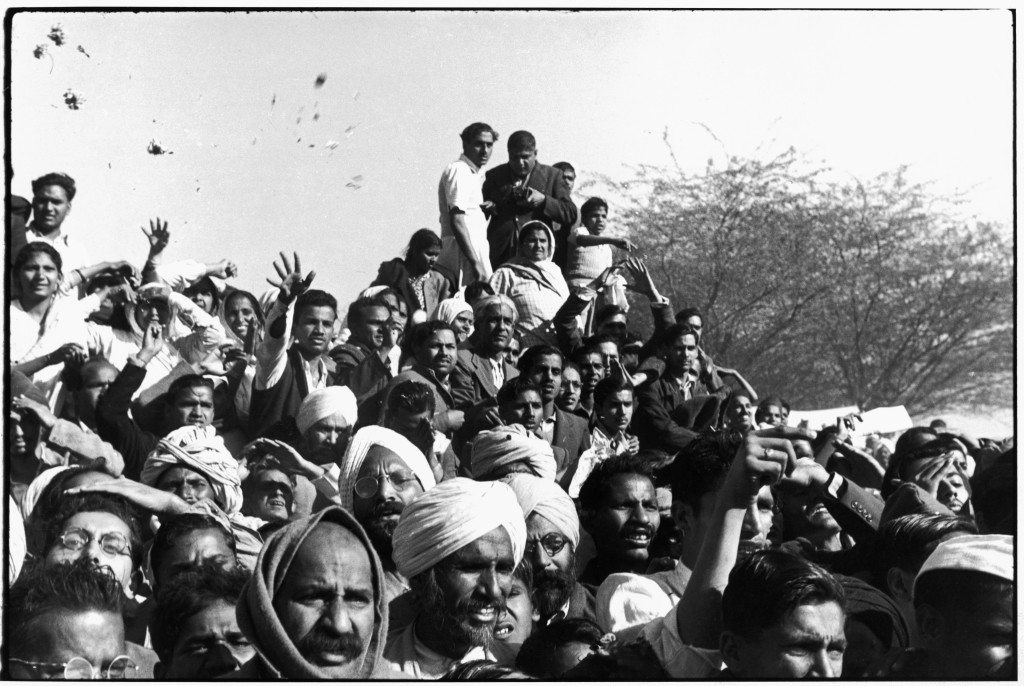
Gandhi’s funeral. 1948. Crowds gathered between Birla House and the cremation ground, throwing flowers. ©Henri Cartier-Bresson/Magnum Photos
[dropcap]C[/dropcap]artier-Bresson not only caught the Father of the Nation with his camera but the rich and the poor of India, the great social divide and the life in a country on the brink of a hard-won democracy. The exhibit has over 69 images and each of them takes you a time which has past and yet can wound you by its power to deliver a punch. You see the life of the poor but also that of the maharajahs in all their opulence and wealth. One picture of the masses – the poor of the kingdom clambering for sugar balls being distributed by the maharaja’s henchmen makes you recoil – the desperation of many hands reaching out for mere sugar balls. What must life have been like for these real people who lived lives of deprivation and difficulty?
As the exhibition notes: “Disputed borders, refugees, charismatic leaders, assassinations—the India of the mid-century does not sound so distant from the world today. It was a time and place captured expertly and in great depth by the pioneering photographer Henri Cartier-Bresson (1908–2004).”
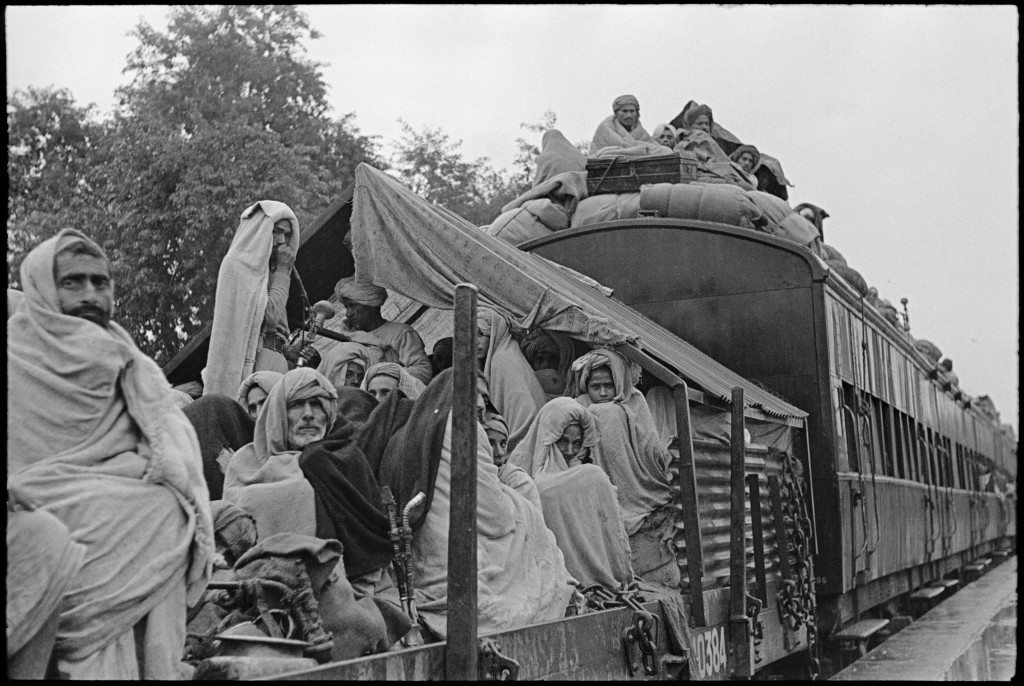
[dropcap]C[/dropcap]artier-Bresson, who co-founded the internationally renowned cooperative photographic agency Magnum Photos in 1947, visited India that very year and in January 1948 he met Gandhiji in Delhi – one of the Mahatma’s final meetings before his assassination on January 30. We get to see much of Gandhiji’s last day of life and the events leading to the funeral through Cartier-Bresson’s camera. Decades later, these images still have the power to shock and to move and make you feel a part of history as it happened.
The exhibition curated by Beth Citron has over 69 images including many of ordinary people and places of India which give you extraordinary insights into the country. A key set of photographs on view show Mahatma Gandhi’s final hours, and events following his assassination, and these became noted the world over and were published in LIFE.
“Students and connoisseurs of photography are likely familiar with Cartier-Bresson’s humanist street photography that reveals a precise but sensitive geometry framed around a key instant, which he famously termed the ‘decisive moment.’ This exhibition highlights both his photographs of the everyday and many important moments in modern Indian history,” said Beth Citron, Curator of Modern and Contemporary Art at the Rubin and organizer of this exhibition.
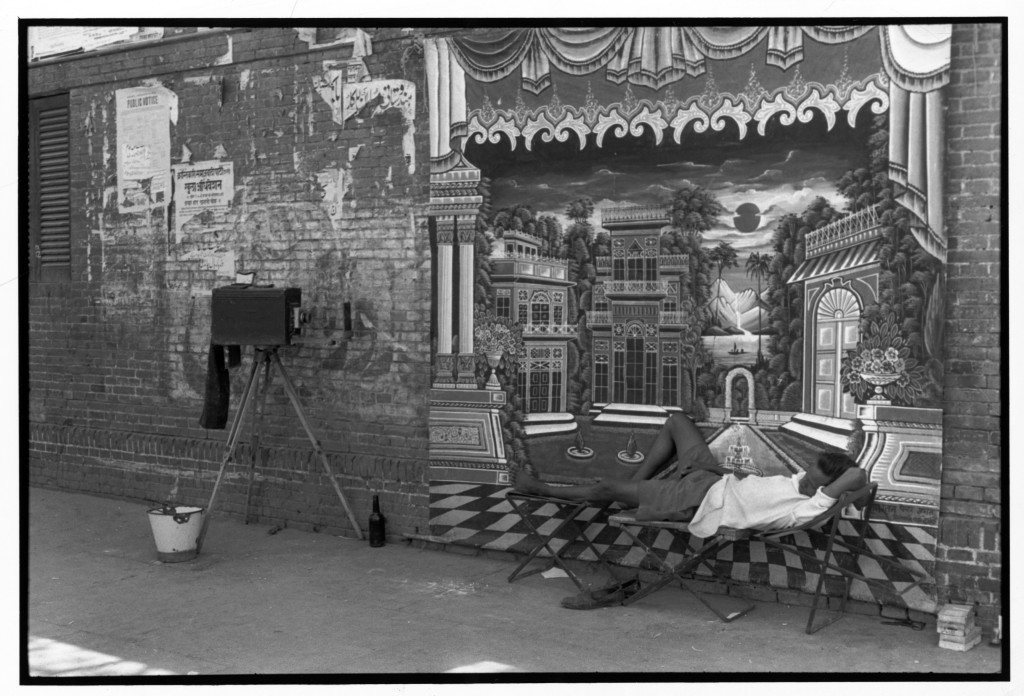
Facts about Henri Cartier-Bresson:
[dropcap]H[/dropcap]enri Cartier-Bresson (1908-2004) studied painting in the 1920s and made a serious commitment to photography in the early 1930s. In 1935 he studied film with Paul Strand, and later worked as assistant to the director Jean Renoir. In 1937 in Spain, he made a documentary on Republican hospitals. Captured by the Germans in 1940, he spent three years in prisoner-of-war camps before he escaped and joined the Paris underground, filming the homecoming of French POWs. In 1947 he founded the photographic agency Magnum with Robert Capa, David Seymour and others. His work took him all over the world – to India, Burma, Pakistan, China, Indonesia, Russia, Japan, Cuba, Mexico and Canada. Over the course of his career, Cartier-Bresson published his photographs in prestigious magazines and photo books, and he held exhibitions across the world, including a major recent retrospective held at the MoMA, the Art Institute of Chicago, and the High Museum of Art in Atlanta (2010-11).
(Text: Rubin Museum of Art)
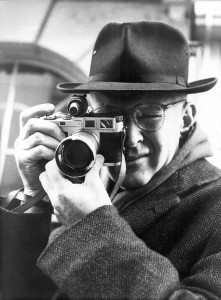
Photo (C) Getty Images
Did You Know?
- Henri Cartier-Bresson served as an assistant to director Jean Renoir in The Rules of the Game, which he called “one of the summits of art,” and appeared in the film himself.
- Acclaimed director Satyajit Ray, who began his foray into filmmaking after meeting Renoir, cites Henri Cartier-Bresson as a key influence in his work on The Apu Trilogy, now recognized as a masterpiece of Indian cinema.

1 Comment
Via Google+
Gabby Linarez +1’d
Karthikeya Srikanth +1’d
Ramesh Gupta +1’d
Ramanand Aman + 1’d